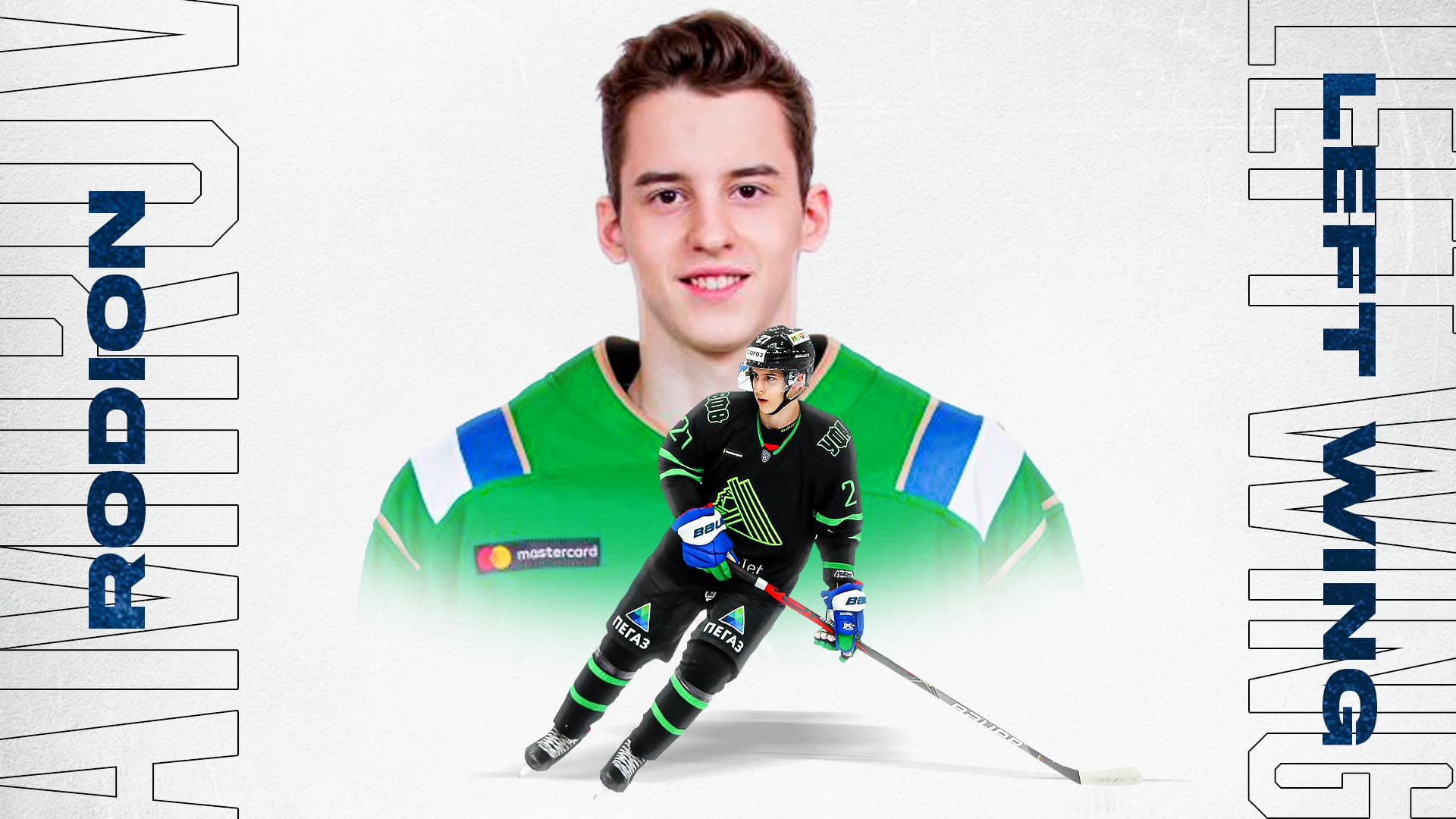The 2021 Top 20 Leafs Prospects: #3 Rodion Amirov
Photo credit: Nick Barden
Sep 8, 2021, 10:00 EDT
Recent articles from Earl Schwartz
Breaking News
- Knee Jerk Reaction: Maple Leafs use rapid response to take 2-0 series lead vs. Panthers
- NHL betting preview (May 7): Panthers vs. Maple Leafs Game 2 predictions
- Matthews won his minutes easily vs. Barkov in Game 1: Who will win the captain’s matchup in Game 2?
- Ray Ferraro thinks the Leafs need to park the Bennett thing, just focus on the task at hand: Leafs Morning Take
- Craig Berube states Anthony Stolarz is ‘recovering’ with no timeline for return
